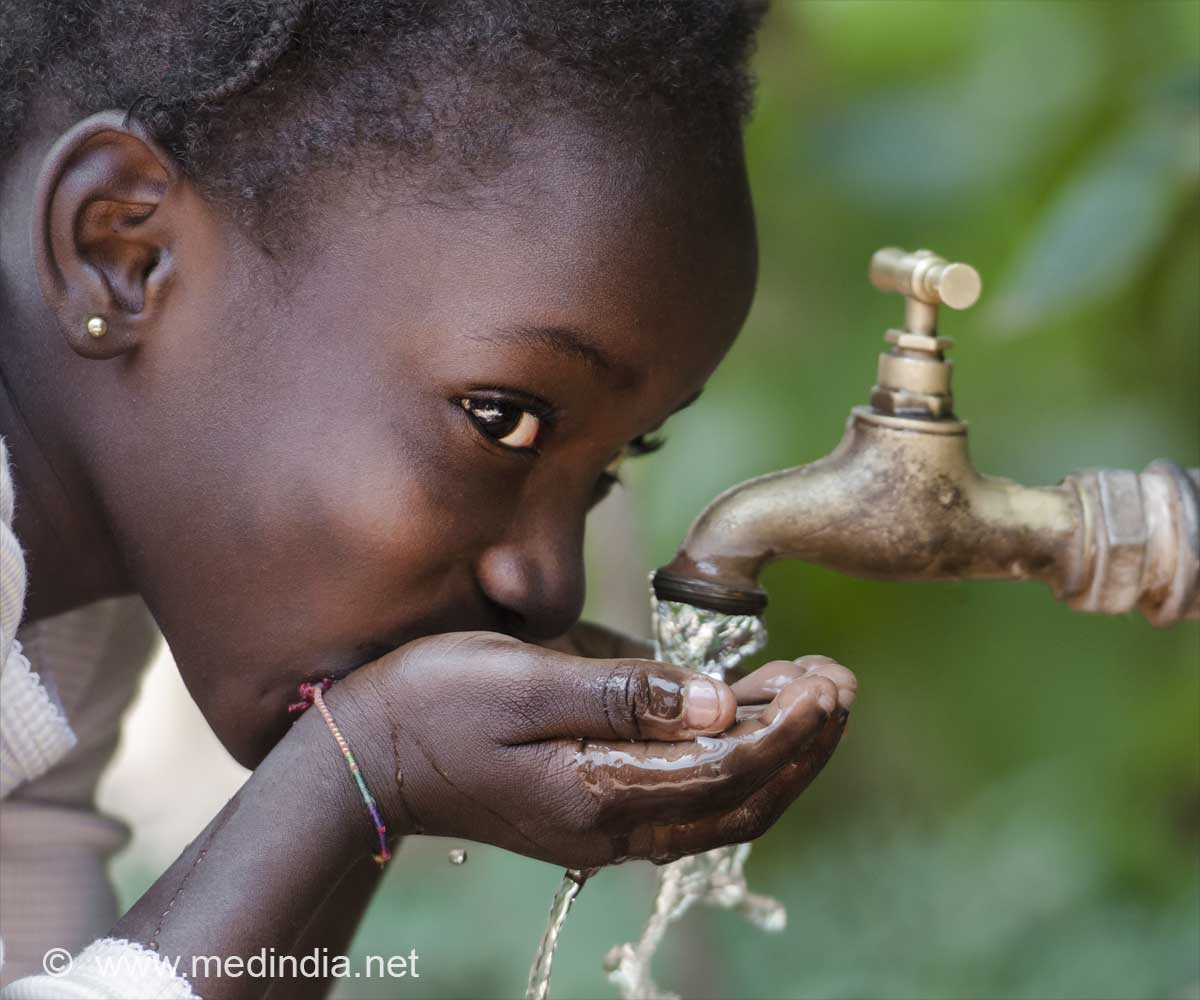
‘A type of genetic variation has been linked with arsenic induced skin lesions in the exposed population. This provides a means of identifying people at risk of developing ill health from arsenic exposure.’
Tweet it Now
In a recent study, researchers from the University of Calcutta and CSIR-Indian Institute of Chemical Biology (CSIR-IICB) have corralled evidence of genetic links to heightened arsenic damage risk. They have proposed genotyping, a process of determining differences in the genetic make-up (genotype) of an individual by examining the individual's DNA sequence and comparing it with a reference set.
"We usually say a person is susceptible to arsenic when we see skin lesions which usually takes a long period, may be even 10 years, to develop. Much before the development of these typical skin lesions, other health problems like neurological or respiratory problems may arise, which are generally ignored," Pritha Bhattacharjee, Assistant Professor at the university's Environmental Science Department, told IANS.
She says if genotyping could be done, vulnerable populations, i.e. individuals at higher risk, could be easily identified.
"They could be made aware of the situation, and available mitigation strategies can be adopted accordingly," she explained.
Advertisement
Called SNP or snips (abbreviated for single nucleotide polymorphism), each such variation represents a difference in a single DNA building block, called a nucleotide.
Advertisement
Described by many as "an environmental and social disaster", arsenic poisoning was first identified in the early 1980s in West Bengal, where health officials linked an outbreak of skin lesions to groundwater pumped from shallow wells.
Over three lakh people in nine Bengal districts are believed to be affected and the contamination continues to engulf more in its wake.
The results of the study impinge on the alarming situation in South Asia, particularly in Bangladesh and Bengal.
The data also significantly substantiates the findings of a Genome Wide Association Study (GWAS) on Bangladeshi population, indicating that this SNP might be "a universal factor behind individual arsenic susceptibility".
Dubbing the result of the present study as "interesting" and "significant", University of Manchester's David Polya said it provides a means of potentially identifying people who are at a greater risk of developing ill health from arsenic exposure, in much the same way that some people are more genetically pre-disposed to, say, breast cancer or ovarian cancer.
"Of course, the causes of diseases are often multi-faceted, so it is likely that mapping other contributing factors will be critical to being able to make more accurate and meaningful risk estimates," Polya told IANS via email.
Polya, a professor of environmental geochemistry in the School of Earth, Atmospheric & Environment had worked in collaboration with IICB scientists in 2013 to prove a link between rice containing high levels of arsenic and chromosomal damage.
What has puzzled researchers is that in some highly exposed communities only a certain proportion of the people seem to develop these diseases, Polya pointed out.
"It has been speculated that this might be because some people are unfortunately more genetically pre-disposed to develop such diseases as a result of long-term exposure to arsenic," Polya told IANS.
Bhattacharjee said even in the same family exposed to arsenic, the absence or presence of skin lesions differs among brothers.
"This needs serious water access system thinking that covers from water testing, to technology development, to market mechanism, regulatory provision, consumer education programs to ensure user readiness and avoid waste of water, creating value for water among users, a gender-sensitive approach, regulation for both demand side and supply side, appropriate financing and revenue model, waste disposal regulations. Unless a systemic approach is adopted which gives equal/due weightage to each component in the solution of the problem, the problem will continue," cautioned Joyashree Roy, Professor, Jadavpur University, and environmental economist.
Source-IANS












